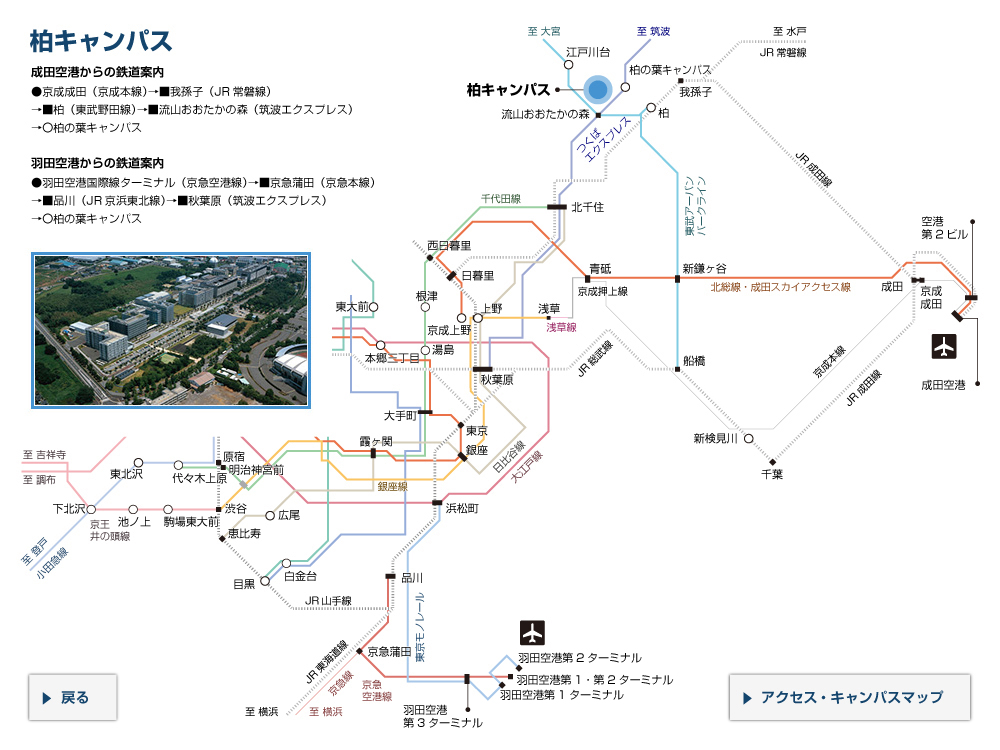第72回STIG PoPセミナー/ Effectiveness and Efficacy of R&D Subsidies: Estimating Treatment Effects with One-sided Noncompliance

基本情報
| 区分 | 講演会等 |
|---|---|
| 対象者 | 社会人・一般 / 在学生 / 受験生 / 留学生 / 卒業生 / 企業 / 大学生 / 教職員 |
| 開催日(開催期間) | 2019年2月1日 16時 — 18時 |
| 開催場所 | 本郷地区 |
| 会場 | 工学部3号館 ラウンジ講義室211 |
| 定員 | 40名 |
| 参加費 |
無料
|
| 申込方法 | 要事前申込
お申込みは、こちらの登録フォームから。 |
| お問い合わせ先 | 問い合わせ先:STIG教育プログラム事務局 STIG@pp.u-tokyo.ac.jp |
Effectiveness and Efficacy of R&D Subsidies: Estimating Treatment Effects with One-sided Noncompliance
(研究開発助成の効率性と有効性についての検証)
In evaluating the effectiveness of R&D subsidies, the literature so far has completely neglected the possibility of misappropriation of public funds. This paper contributes to the literature by evaluating the causal effect of R&D subsidies on R&D expenditures when monitoring is weak and misappropriation takes place due to moral hazard behavior. Our analysis is based on Chinese firm-level data for the period 2001-2011. Misappropriation is a major concern as we calculate that 42% of grantees misused R&D subsidies, corresponding to 53% of the total amount of R&D subsidies. In a setting with one-sided noncompliance to funding contract rules, we differentiate between the intention-to-treat (ITT) effect and the complier average causal effect (CACE). The ITT shows how effective the R&D policy was in practice when misappropriation exists. The CACE, in contrast, depicts how effective the policy could have been without misappropriation and thus is a measure for the efficacy of the R&D subsidy policy. Combining entropy balancing and IV methods to estimate both ITT and CACE, the ITT results show mild partial crowding out of R&D expenditures. Most strikingly, however, the CACE turns out to be more than twice as large as the ITT and confirms additionality of R&D subsidies. Thus, misappropriation of R&D subsidies considerably undermines the efficacy of Chinese R&D programs.






